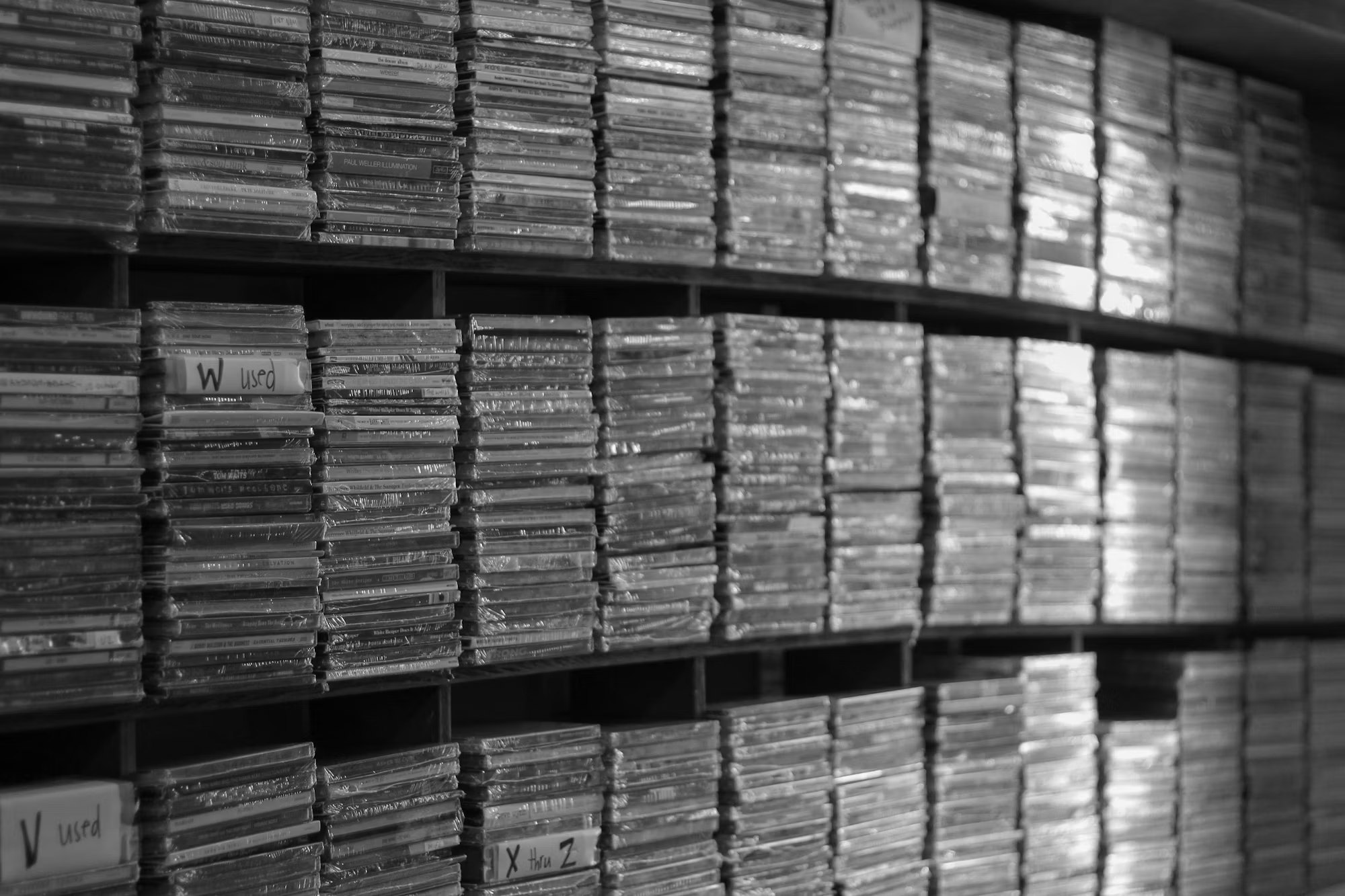Electronic Dance Music (EDM) has transformed the musical landscape over the past few decades, evolving from underground clubs and raves into a dominant force in the global music scene. With its pulsating beats and infectious melodies, EDM has captivated audiences worldwide, uniting people through the power of rhythm and dance. Understanding the history of EDM reveals not only its rich cultural roots but also the innovation that continues to drive the genre forward.
The origins of EDM can be traced back to the late 1970s and early 1980s, when electronic instruments began to play a pivotal role in music production. The advent of synthesizers and drum machines allowed artists to create sounds that were previously unimaginable. Pioneering musicians like Kraftwerk and Giorgio Moroder experimented with these new technologies, laying the groundwork for what would become electronic music. Kraftwerk’s robotic soundscapes and Moroder’s disco-infused tracks brought a new dimension to popular music, foreshadowing the rise of EDM.
As the 1980s progressed, electronic music began to fragment into various subgenres, each with its own distinct characteristics. House music emerged from Chicago, characterized by its four-on-the-floor beat and soulful vocals. Artists like Frankie Knuckles and Larry Heard played crucial roles in shaping the genre, creating tracks that became anthems in underground clubs. Meanwhile, techno originated in Detroit, incorporating futuristic sounds and repetitive rhythms. DJs like Derrick May and Juan Atkins helped popularize this genre, turning Detroit into a hotspot for electronic music.
By the late 1980s and early 1990s, EDM began to gain traction in Europe, particularly in the UK and Germany. The rave culture exploded, with illegal parties and outdoor festivals becoming synonymous with the electronic music scene. The Second Summer of Love in the UK saw thousands of people gather to experience the euphoria of dance music, united by a shared love of the beats. This period also witnessed the rise of acid house and trance music, with artists like The Chemical Brothers and Paul Oakenfold leading the charge. The euphoric melodies and driving basslines resonated with a generation seeking liberation through music.
As the new millennium approached, EDM began to transition from underground clubs to mainstream music festivals. The emergence of massive events like Tomorrowland and Ultra Music Festival marked a turning point for the genre, attracting international audiences and showcasing top-tier talent. The festival experience became synonymous with EDM, where fans could immerse themselves in a world of lights, visuals, and unparalleled energy. This shift was further amplified by the rise of social media, allowing artists to connect directly with their fans and promote their music on a global scale.
The 2010s marked a golden era for EDM, as major artists began to dominate the charts and gain recognition in the mainstream music industry. Producers like Calvin Harris, David Guetta, and Skrillex became household names, collaborating with pop artists and crossing genre boundaries. Calvin Harris’s hit “Summer” and David Guetta’s “Titanium” exemplified how EDM could seamlessly blend with pop elements, leading to chart-topping success. This crossover appeal opened the floodgates for a new generation of EDM artists to explore their creativity and reach wider audiences.
Moreover, the evolution of technology has played a significant role in shaping the EDM landscape. Digital audio workstations (DAWs) like Ableton Live and FL Studio have made music production more accessible than ever, empowering aspiring producers to create their own tracks from home. The rise of online platforms such as SoundCloud and YouTube has allowed artists to share their music with a global audience, fostering a community of creativity and collaboration. This democratization of music production has resulted in a flourishing underground scene, where new talent emerges daily, pushing the boundaries of the genre.
Despite its success, EDM has faced criticism over the years. Some purists argue that the commercialization of the genre has diluted its original essence. However, many artists continue to innovate and explore new sounds, ensuring that EDM remains a vibrant and evolving genre. Subgenres such as future bass, dubstep, and deep house have gained popularity, each bringing its own flavor to the electronic music scene. Artists like Marshmello and Zedd have carved their own paths within these subgenres, appealing to a diverse range of listeners while maintaining the core elements of EDM.
The impact of EDM extends beyond music festivals and radio charts; it has also influenced fashion, art, and culture. The visual aesthetics of EDM culture, characterized by neon colors, bold designs, and immersive stage productions, have inspired fashion trends and artistic expressions. Many festivals incorporate elaborate stage designs and light shows, creating a multisensory experience that captivates attendees. This convergence of music and visual art has given rise to a unique cultural phenomenon, where creativity knows no bounds.
As EDM continues to evolve, its global reach shows no signs of slowing down. Festivals around the world celebrate the genre, with events in Asia, Australia, and South America drawing large crowds. Collaborations between EDM artists and musicians from other genres foster an ongoing dialogue, enriching the musical landscape. Moreover, the rise of virtual concerts and online festivals during recent years has demonstrated the genre’s adaptability, allowing fans to connect with their favorite artists from the comfort of their homes.
In conclusion, the journey of electronic dance music from its underground origins to its current status as a global phenomenon is a testament to the power of innovation and creativity. EDM has not only transformed the music industry but has also created a cultural movement that celebrates unity, expression, and joy. As artists continue to push boundaries and explore new sounds, the future of EDM looks bright, promising even more exciting developments in the years to come.
